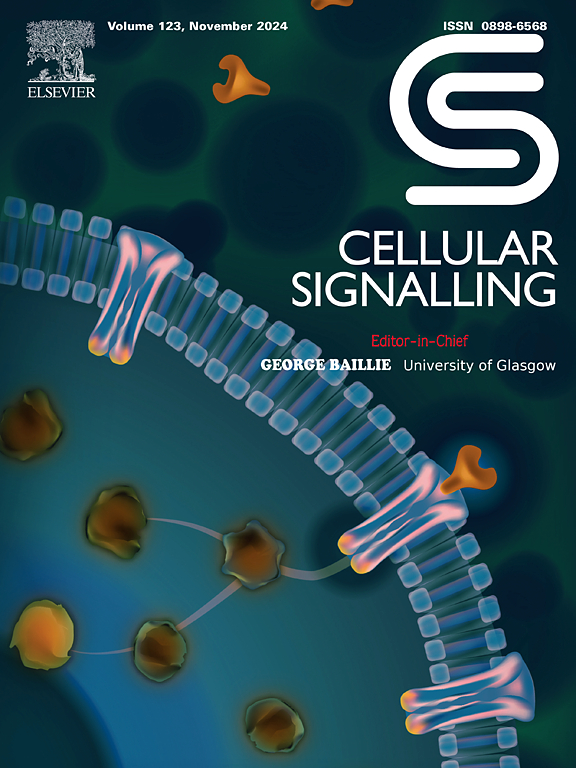Inhibition of XIST restrains paclitaxel resistance in breast cancer cells by targeting hsa-let-7d-5p/ATG16L1 through regulation of autophagy
IF 4.4
2区 生物学
Q2 CELL BIOLOGY
引用次数: 0
Abstract
Breast cancer is a fatal malignant tumor in women worldwide. The development of paclitaxel resistance remains a challenge. Autophagy is considered to have a significant part in the chemotherapeutic stress mechanism. This study aimed to investigate the function of long non-coding RNA (lncRNA) in breast cancer cell chemoresistance and autophagy. The paclitaxel (PTX)-resistant breast cancer cells were established. The function of X-inactive specific transcript (XIST) was demonstrated using in vitro and in vivo experiments. Transmission electron microscope (TEM) was used to observe autophagy vesicles. Protein and mRNA levels were determined using western blotting and quantitative real time polymerase chain reaction (qRT-PCR). We discovered that autophagic activity was correlated with chemoresistance in PTX-resistant breast cancer cells. In vitro and in vivo studies showed that XIST inhibition reduced cell resistance to paclitaxel, caused autophagy to be suppressed by regulating hsa-let-7d-5p and ATG16L1 expression. Mechanically, threonine protein kinase B (PKB; also known as AKT) - mammalian target of rapamycin (mTOR) pathway was activated when knockdown of XIST, while was reversed by inhibition of hsa-let-7d-5p. Our results verified that XIST played a significant role in developing chemoresistance via mediating autophagy in PTX-resistant breast cancer cells. It may be a potential target for breast cancer treatment strategies.
抑制XIST通过调控自噬作用靶向hsa-let-7d-5p/ATG16L1抑制乳腺癌细胞紫杉醇耐药。
乳腺癌是全世界妇女中一种致命的恶性肿瘤。紫杉醇耐药性的发展仍然是一个挑战。自噬被认为在化疗应激机制中起着重要作用。本研究旨在探讨长链非编码RNA (lncRNA)在乳腺癌细胞化疗耐药和自噬中的作用。建立紫杉醇(PTX)耐药乳腺癌细胞。体外和体内实验证实了x -无活性特异性转录物(XIST)的功能。透射电镜(TEM)观察自噬囊泡。采用western blotting和定量实时聚合酶链反应(qRT-PCR)检测蛋白和mRNA水平。我们发现ptx耐药乳腺癌细胞的自噬活性与化疗耐药相关。体外和体内研究表明,XIST抑制通过调节hsa-let-7d-5p和ATG16L1的表达,降低细胞对紫杉醇的耐药性,抑制细胞自噬。机械上,苏氨酸蛋白激酶B (PKB;AKT) -哺乳动物雷帕霉素靶蛋白(mTOR)通路在敲低XIST时被激活,而抑制hsa-let-7d-5p则被逆转。我们的研究结果证实,XIST通过介导ptx耐药乳腺癌细胞的自噬,在化疗耐药中发挥了重要作用。它可能是乳腺癌治疗策略的潜在目标。
本文章由计算机程序翻译,如有差异,请以英文原文为准。
求助全文
约1分钟内获得全文
求助全文
来源期刊

Cellular signalling
生物-细胞生物学
CiteScore
8.40
自引率
0.00%
发文量
250
审稿时长
27 days
期刊介绍:
Cellular Signalling publishes original research describing fundamental and clinical findings on the mechanisms, actions and structural components of cellular signalling systems in vitro and in vivo.
Cellular Signalling aims at full length research papers defining signalling systems ranging from microorganisms to cells, tissues and higher organisms.
 求助内容:
求助内容: 应助结果提醒方式:
应助结果提醒方式:


